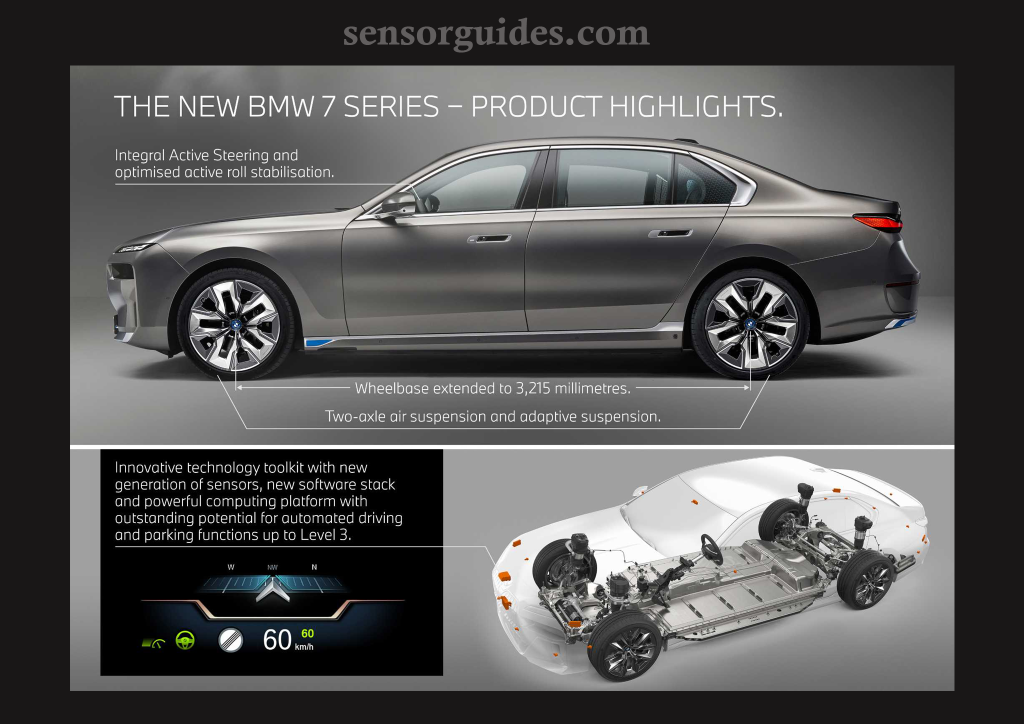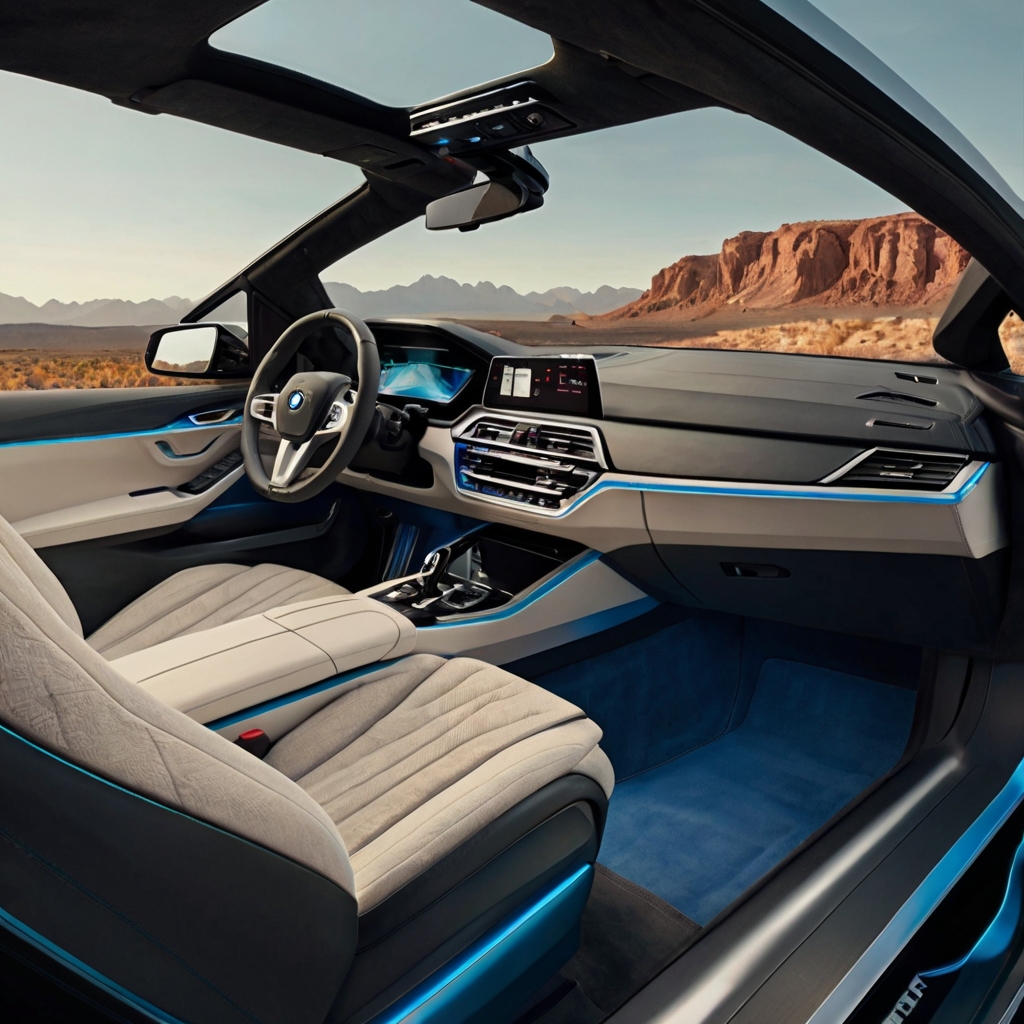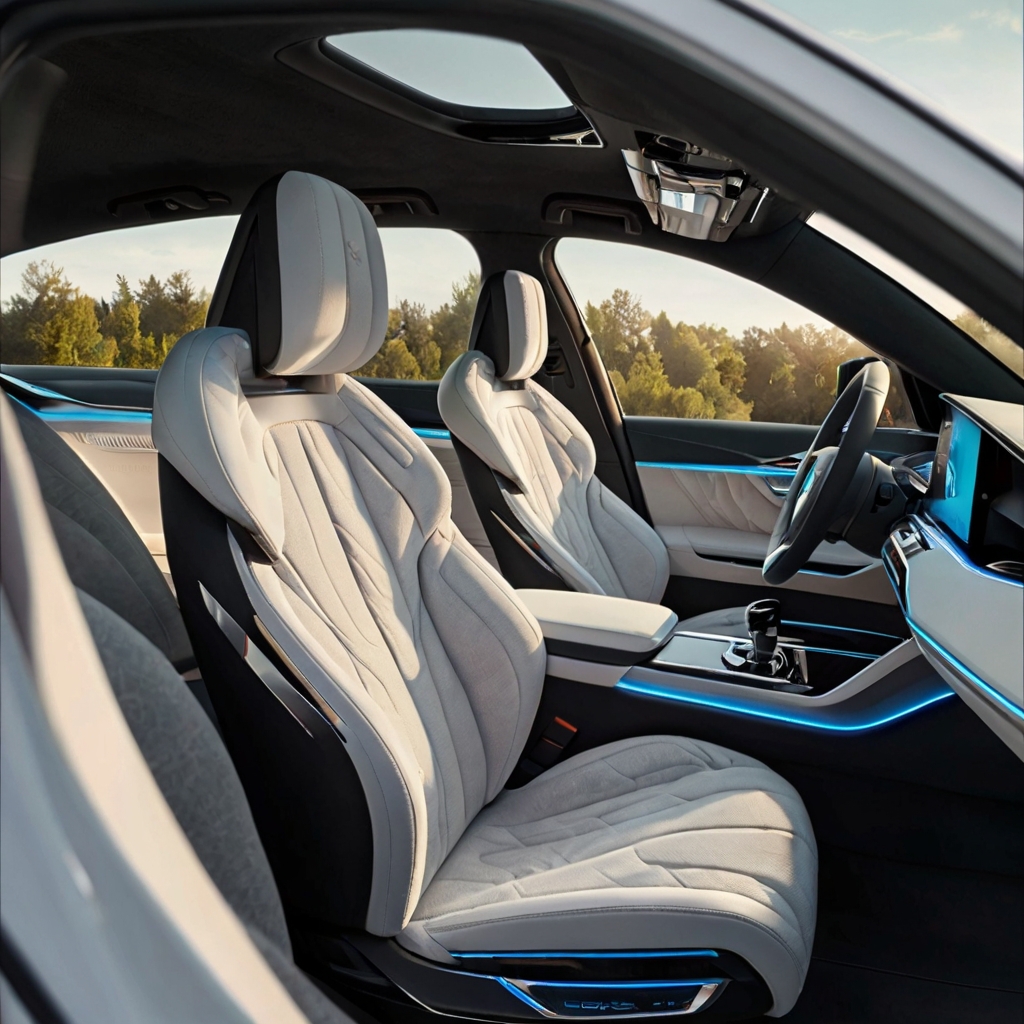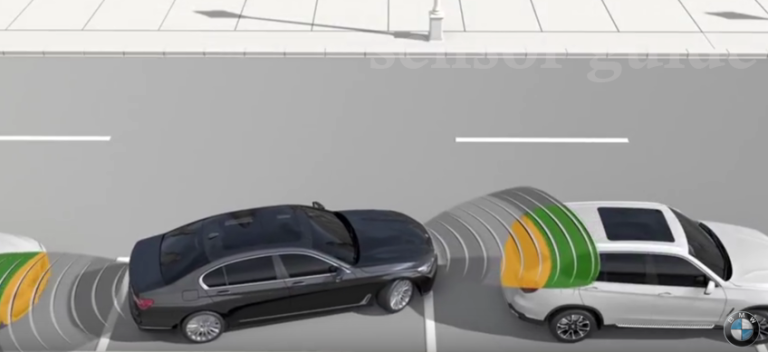BMW I7 Sensors

In this article, we explore the sensors in the BMW i7, explaining their functions, types, and importance. We cover how these sensors contribute to safety, comfort, and driving efficiency, along with the technological advancements that make them remarkable.
What Are the Main Sensors in the BMW i7?
The BMW i7 is equipped with an array of sensors designed to enhance driving experience and safety. These include cameras, radar sensors, ultrasonic sensors, and lidar systems. Each sensor has a specific function, such as detecting obstacles, measuring distances, and assisting in navigation.
Cameras around the vehicle provide 360-degree views, helping drivers with parking and maneuvering in tight spaces. Radar sensors are used for adaptive cruise control and collision avoidance, detecting the speed and distance of other vehicles. Ultrasonic sensors assist in parking by detecting objects close to the car, while lidar systems offer precise mapping of the surroundings, crucial for autonomous driving features.
How Do These Sensors Improve Safety?

Safety is a critical aspect of the BMW i7, and its sensors play a pivotal role in ensuring a safe driving experience. The combination of radar, cameras, and lidar creates a comprehensive safety net around the vehicle.
The radar sensors constantly monitor the speed and distance of surrounding vehicles, enabling adaptive cruise control to maintain a safe following distance. Cameras and lidar provide detailed environmental mapping, helping the car detect pedestrians, cyclists, and other potential hazards. These sensors work together to enable features like automatic emergency braking and lane-keeping assistance, significantly reducing the risk of accidents.
How Do Sensors Enhance Driving Comfort?

Sensors in the BMW i7 are not only about safety but also about enhancing comfort and convenience for the driver and passengers. The car’s advanced sensor system contributes to a seamless and enjoyable driving experience.
Adaptive cruise control, powered by radar sensors, ensures a smooth drive by automatically adjusting the car’s speed based on traffic conditions. The ultrasonic sensors make parking effortless by guiding the driver with precise measurements of nearby obstacles. Additionally, sensors are used for climate control, adjusting the car’s internal environment to optimal comfort levels automatically.
What Role Do Sensors Play in Autonomous Driving?
The BMW i7 leverages its sophisticated sensor array to support autonomous driving capabilities. This involves a combination of lidar, radar, and cameras working together to provide the car with a detailed understanding of its surroundings.
Lidar sensors create high-resolution 3D maps of the environment, essential for navigation and obstacle avoidance. Radar complements this by detecting the speed and distance of moving objects, such as other cars. Cameras provide real-time visual data, allowing the vehicle to interpret road signs, lane markings, and traffic signals. Together, these sensors enable the BMW i7 to operate with a high degree of autonomy, enhancing both safety and convenience.
How Does the BMW i7 Use Sensors for Efficient Driving?

Efficiency is a key focus for the BMW i7, and its sensors contribute significantly to this aspect. By optimizing various driving parameters, these sensors help in reducing energy consumption and enhancing overall efficiency.
The car’s sensors monitor driving patterns, traffic conditions, and road gradients to adjust the power delivery from the electric motor efficiently. This ensures that the vehicle uses the least amount of energy necessary for any given situation. Furthermore, sensors in the tires monitor pressure and temperature, alerting the driver to any issues that could affect efficiency. This comprehensive sensor system ensures the BMW i7 operates at peak efficiency at all times.
What Technological Advancements Are Featured in the BMW i7 Sensors?
The sensors in the BMW i7 incorporate some of the latest technological advancements, making it a leader in automotive innovation. One such advancement is the integration of artificial intelligence (AI) with the sensor systems.
AI algorithms process the data collected by the sensors to make real-time decisions. For example, the AI can predict pedestrian movement based on data from cameras and lidar, enabling the car to react preemptively. Another advancement is the use of high-definition radar, which offers superior accuracy and range compared to traditional radar systems. These technological innovations ensure that the sensors in the BMW i7 are not only highly functional but also future-proof.
How Do Sensors Contribute to the BMW i7’s User Experience?
The user experience in the BMW i7 is significantly enhanced by its sophisticated sensor systems. These sensors make driving easier, safer, and more enjoyable by automating routine tasks and providing valuable information.
For instance, the car’s sensors enable features like hands-free parking, where the vehicle parks itself with minimal driver intervention. The sensors also provide real-time feedback on driving conditions, such as alerts for icy roads or traffic congestion. Additionally, the sensors facilitate seamless connectivity with the driver’s smartphone, enabling features like remote start and climate control.
Conclusion
The BMW i7’s advanced sensor system is a cornerstone of its design, contributing to safety, comfort, efficiency, and overall driving experience. These sensors utilize cutting-edge technology to create a vehicle that is not only smart but also anticipates and responds to the needs of its driver and passengers. As automotive technology continues to evolve, the sensors in the BMW i7 set a high standard for future innovations in the industry.
FAQs
1. How do the sensors in the BMW i7 handle adverse weather conditions?
The sensors in the BMW i7 are designed to function effectively in various weather conditions. Radar sensors, for example, are less affected by rain or fog, while cameras and lidar systems are equipped with cleaning mechanisms and protective housings to maintain visibility.
2. Can the BMW i7 sensors detect and respond to animals on the road?
Yes, the BMW i7’s sensors can detect animals on the road. The combination of cameras and radar systems helps in identifying animals and alerting the driver, or even initiating emergency braking if necessary.
3. How often do the sensors in the BMW i7 require maintenance?
The sensors in the BMW i7 are built to be durable and typically require minimal maintenance. Regular vehicle servicing should include checks on sensor cleanliness and functionality to ensure they operate optimally.
4. Are the sensor systems in the BMW i7 customizable by the driver?
While the core functionality of the sensors is predefined, drivers can customize certain aspects such as the sensitivity of parking sensors and the settings for adaptive cruise control through the vehicle’s infotainment system.
5. How do the sensors in the BMW i7 interact with other vehicles and infrastructure?
The BMW i7’s sensors can communicate with other vehicles and infrastructure through vehicle-to-everything (V2X) technology. This enables the car to receive information about road conditions, traffic signals, and other critical data, enhancing safety and driving efficiency.

